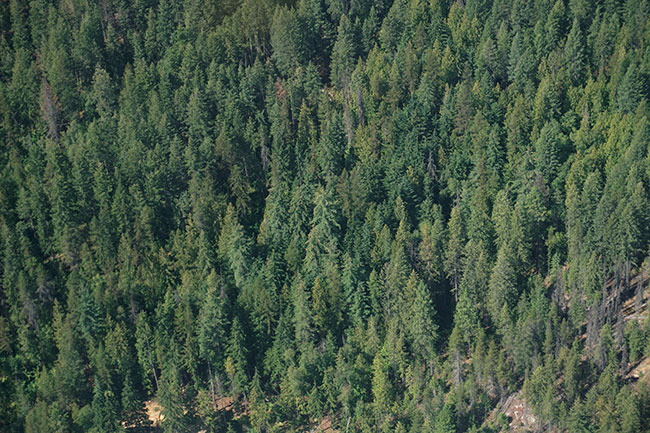
Features
Opinions
Earning social license to operate
January 17, 2023 By Tony Rotherham
 Photo: Annex Business Media.
Photo: Annex Business Media. “Social license to operate” is defined as society’s general understanding and approval of the way companies operate, the results of their operations and the benefits that flow to society, jobs and lumber for the construction of homes are excellent examples.
In the case of the Canadian forest industry, social license can be divided into four segments: government; the broad Canadian population; communities where the industry is active; customers and investors.
Most of Canada’s managed forest land is in public ownership. Governments control all regulation, policy and permits. Respect for all regulations and good on-the-ground performance is expected.
The media and internet are flooded with criticism of forest management practices, but very little good info on management of our forests, industry performance and contribution of our products to society.
Communities that host mills producing building products and pulp and paper are special cases. These communities depend on the industry for their long-term socio-economic well-being. The forests that surround them provide many additional benefits. First Nations communities and municipalities should be formally and actively involved in the management of the forests upon which they depend. They have long-term vested interests in the health and good management of the forest.
Any program to establish and maintain social license must be supported by a steady flow of excellent, clear, well-illustrated, factual information on forest management and field performance. We see lots of photos of clearcuts and stumps as far as the eye can see. Have you ever seen photos of harvested areas with regeneration that is 10, 20, 30 years old?
Biodiversity became an important aspect of forest management about 30 years ago with the approval of the International Convention on the Conservation of Biodiversity at the Rio Earth Summit in 1992. It is indeed important. We read lots about the decline of the woodland caribou across Canada. New policy is gradually being developed to ease pressures on the caribou. But do you read anything about population levels of other wildlife such as bears, wolves, etc.?
It is likely that any area of public forest land under active management has about 30 per cent of the area protected from harvest by policy and regulation. The proportion will vary with the topography, landscape and geology of the region. Of the approximately 150-160 million ha of managed public forest in Canada, perhaps 40-50 million ha are in conservation status.
Another aspect of forest management that is a matter of public interest is forest carbon. There are misconceptions about the effects of active management and harvesting on the carbon content of the forest. This is not easy to explain, but due to the importance of carbon and climate change, we must try. Does it take 60 years to replace the carbon removed when one per cent of the forest is harvested, while the rest continues to grow and sequester carbon from the atmosphere? Look at www.ForestryForTheFuture.ca. A good start, but more is needed.
Here are the areas of action required to strengthen and maintain our social license:
- Ensure consistent respect for all policy and regulations governing long-term forest management and woodlands operations. Reports and third-party audits by the three sustainable forest management certification programs will help support this.
- Develop an information program in print, TV and internet to provide clear, factual, well-illustrated information on all key aspects of forest management, woodlands operations and the state of forest and wildlife populations. Partnerships with governments will add information and credibility.
- Broaden responsibility for forest management via active inclusion of First Nations communities and municipalities in forest management organizations that hold, manage and operate tenures.
- Ensure people understand the importance of lumber, wood panels, pulp and paper, and forest biomass products. How much lumber does it take to build a 1,400 sq. ft. of single family home? How much carbon is there in 1,000 fbm of lumber?
Social license to operate is earned through good forest management and the provision of clear, well-illustrated information on the long-term management of our forests and performance on woodlands operations.
Tony Rotherham (RPF B.C. and Ont. (ret’d)) has worked on woodlands operations in B.C., Ontario, and Quebec, as well as in Kenya and Iran. He worked for the CPPA (now FPAC) in the woodlands section for 21 years until 2001 and since then as a consultant, largely on private forest land policy.
Print this page